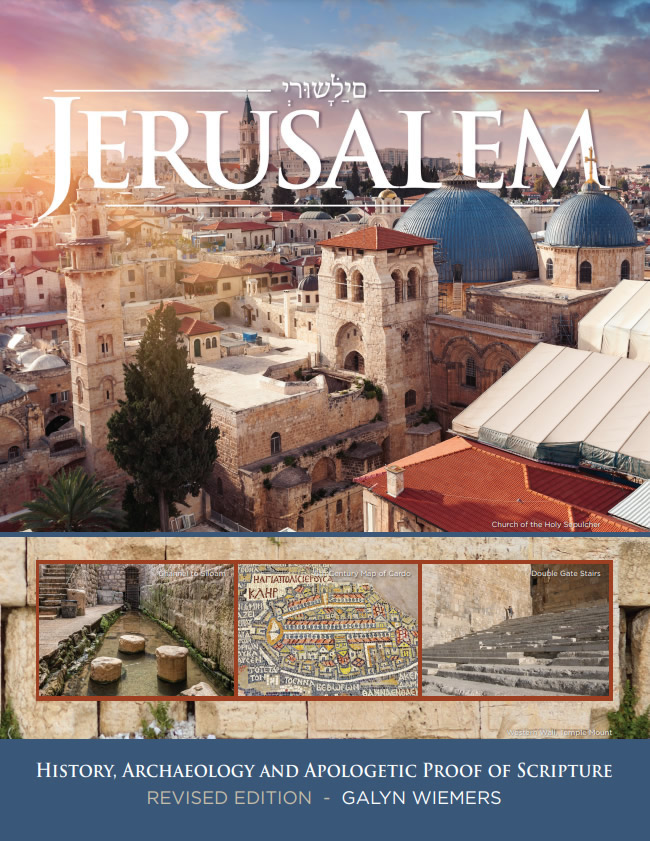8- Old Ancient Core |
||||||
The city of Jerusalem today has a population of more than 750,000. The current population in the Old City is about 35,000, 77% of which are Muslim. There are 2,387 residences in the Jewish Quarter; 2,461 in the Armenian Quarter; 5,276 in the Christian Quarter; and 25,248 in the Muslim Quarter (Peace Now Report, 8/22/2005).
Jerusalem’s original location was not chosen because of its proximity to major roads. In fact, it is far from the international highways of the coastal plain and Transjordan. The closest major roads in Old Testament times were located a half mile to the west (the southern Ridge Route) and more than five miles to the north (running from Gezer to Jericho). The most desirable feature of the site was the natural defense provided by hills and valleys to the south and east combined with a difficult approach from the west due to climbing elevations and the deep rugged Valleys of the Judean hill country. Jerusalem sat on a rugged hill at the height of the hill country of Judea on local roads going nowhere and surrounded by the natural defense of valleys. This meant foreign invaders travelling through the land would often bypass Jerusalem entirely.
The original city of the Jebusites, which became the City of David, is located on a ridge south of Mount Moriah known as the Old Ancient Core. This ridge of rock (also called the Eastern Ridge) which became the city of Melchizedek, the Jebusites and David was lower than Mount Moriah to the north, lower than the larger Western Hill to the west, and lower and smaller than the Mount of Olives to the east. Yet, it was here on the western edge of the Kidron Valley, on the Old Ancient Core, that Jerusalem was settled. This particular location was chosen because it has the largest water source in the area. Water was continually supplied to this area through the gushing of the Gihon Springs located along the eastern ridge of the Kidron Valley.
Facts about Jerusalem:
|
||||||
 |
||||||
|
 |
UPDATED! 2022 - Open this link |
JERUSALEM: HISTORY, ARCHAEOLOGY AND Download a FREE online .pdf of "Jerusalem" HERE (click on the book cover to download the book as a .pdf ) |
|
|
|
|
|